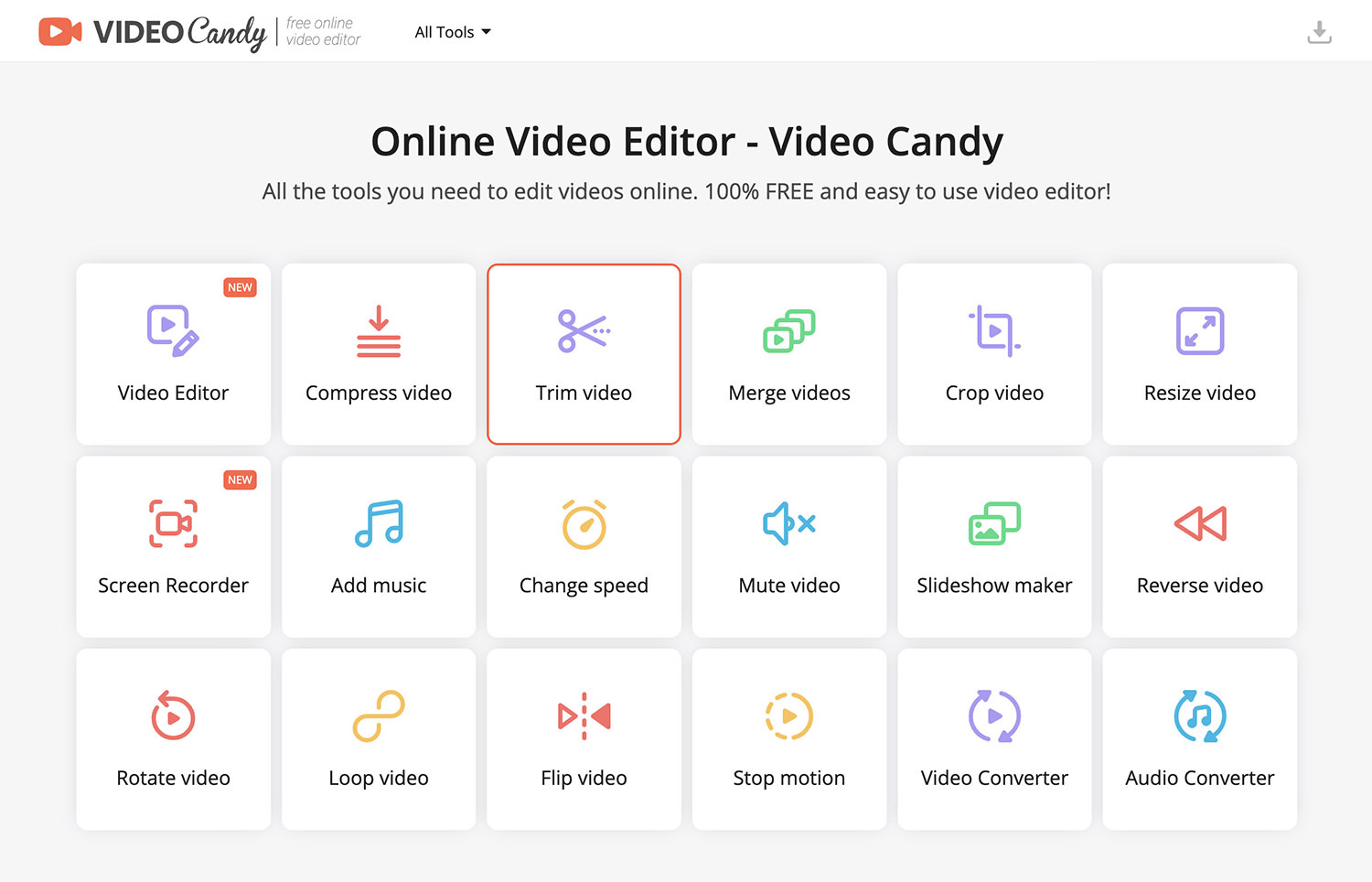What are the fundamentals of atomic research?
Nuggets in atomic research are tag-gable and searchable research material supported by evidence such as quotations, videos, images, and other research-related proof. These nuggets comply with an established procedure and business taxonomy for setup and administration.
Nuggets include three primary components that simplify the administration of atomic UX research in your UX research repository. These elements include:
Observations
Observation compilation is a critical aspect of user research. As with qualitative research, these observations collect information from the research study that has a brief existence. Without observations, it is common for insights to lose essential and reliable information over time.
Evidence
The evidence is the most straightforward component of using nuggets in atomic research. This component comprises video, photos, text, audio, and more supporting material.
Tags
Tags are the fundamental element of the nuggets since they make the research and insights accessible and indexable. This stage comprises several components, including information regarding methodology, research methodologies, procedures, and demographics.
To get the most out of tags, it is essential to record experience (emotions, frequency, magnitude) additionally, business (revenue, business units, product), and service-oriented (buy behavior and trip, physical environment) data to ensure that the information is as comprehensive as possible.
Approaches to UX research
When you do UX research, you’ll be able to provide people with the most effective solutions since you can determine precisely what they need. UX research may be implemented at any level of the web and application design process.
To discover user motivations and wants, UX researchers often start with qualitative measurements. Later, they may use quantitative methods to evaluate their findings.
When collecting data from your users, you must use an organized approach if you want to conduct effective UX research.
It is crucial to use research methodologies that are appropriate for the objective of your study and provide the most transparent results.
Qualitative Investigation
Using interviews and ethnographic field studies, you strive to get an in-depth knowledge of why consumers behave in a particular manner (e.g., why they missed a call to action, why they feel how they do about a website).
For instance, you may conduct user interviews with a small group of users and ask them open-ended questions about their exercise routines to get personal insight. Usability testing is another qualitative research for assessing (for instance) the users’ stress levels.
Carefully do qualitative research. As it includes the collection of non-numerical data (e.g., views, motives), there is a chance that your ideas may impact the results.
Quantitative Research
Using more formal approaches (e.g., surveys, analytics), you collect quantifiable data about what users do and test your qualitative research-derived hypotheses.
For instance, you may conduct an online poll asking people about their exercise habits (e.g., “How many hours do you exercise each week?”). With this information, you may identify trends among a broad user population.
If you have a big enough sample of representative test users, you will have a more statistically accurate method for evaluating the target user group.
With a good study application design, you may collect objective data that is not regulated by your presence, personality, or preconceptions, regardless of the technique that is made use of.
However, quantitative statistics cannot disclose more profound human insights on their own.
What are the advantages of a good repository for UX research?
UX research is an arduous endeavor, but there is little question that the benefits significantly outweigh the effort. Conversely, a robust UX research repository may increase this value by breaking down communication silos, boosting information openness, and assuring better processes. Consequently, you will be able to:
Save a great deal of time
A substantial UX research repository will save you time by enabling you to access your UX data quickly and simply from a centralized place.
Maintain the organization of your UX data
A well-organized UX research repository can help you maintain the organization of your UX data, making it simpler to discover and utilize when necessary.
Make your UX information available to others
Using a UX research repository will make your UX data viewable and usable by others, making it a great collaboration tool.
Maintain a record of your UX research process
A UX research repository may assist you in documenting and monitoring your research process, making it simpler to iterate, repeat, and enhance in the future.
Source link







Leave a Reply